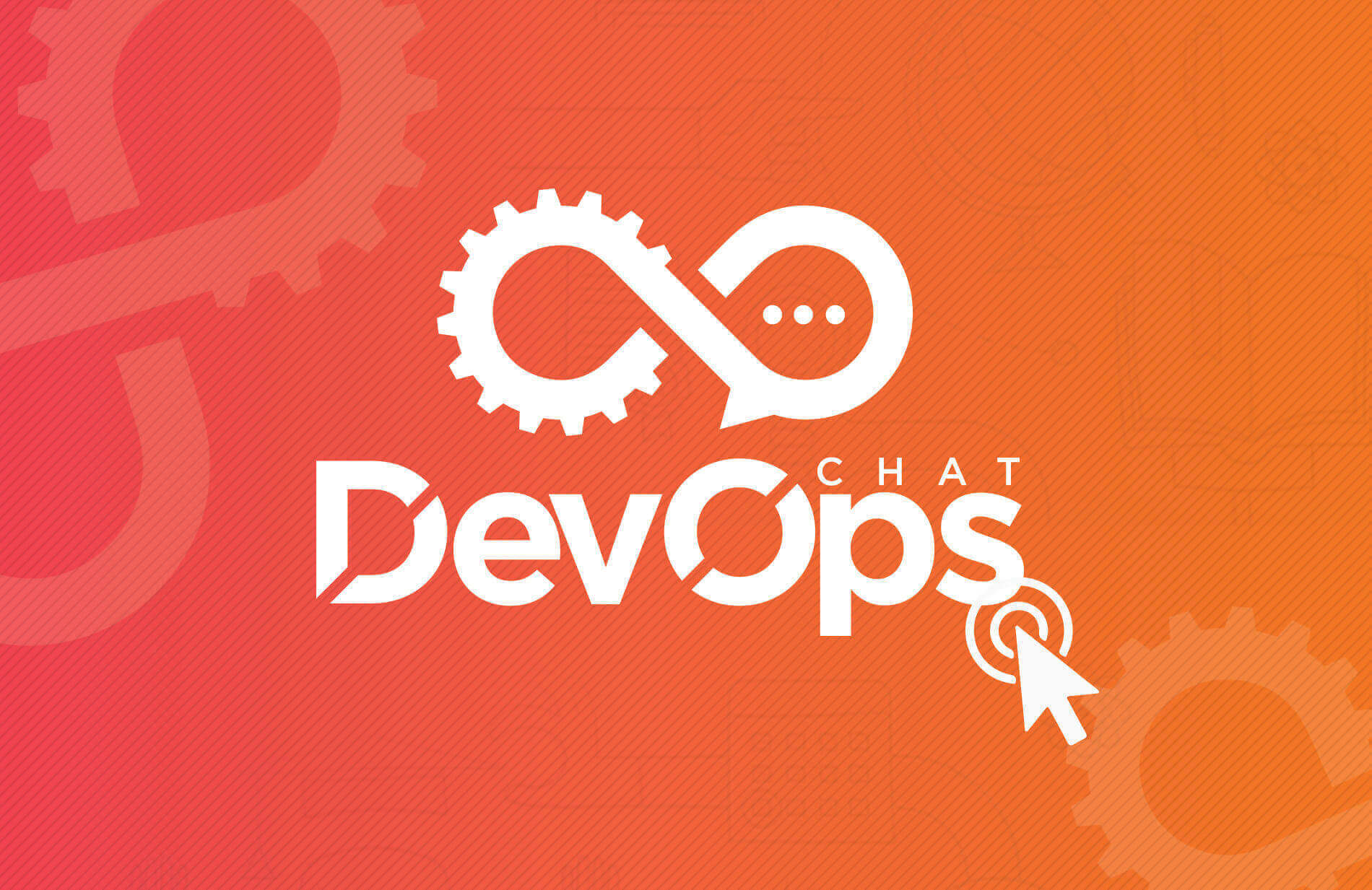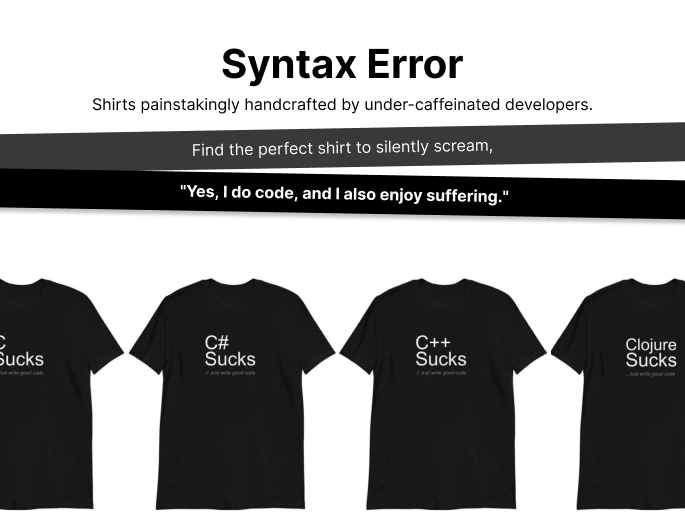Source: devops.com
Engineering Practices can Overcome DevOps ChallengesCategory: Software, Business, Database, Security, Data, Infrastructure, automation
We think you might be interested in this job:
Prismatic
Leadership – Leaders set an inspiring DevOps directional vision for the organization, and proactively stimulate and sponsor team activities that help progress toward goals.Collaborative culture – The organization encourages cross-functional collaboration, shared responsibilities and works to reduce restrictive boundaries between organizational functions.Design for DevOps – Products are architected to support service-oriented, modular, independent packaging, testing and releases, in accordance with the principles of twelve-factor apps.Continuous integration – Changes to software code and artifacts needed for releases are frequently merged, built, tested and packaged into executable artifacts for application releases.Continuous testing – Software tests that are most important to verify the results of pipeline stages including pre-flight, integration, regression, performance and release acceptance tests are automated as much as possible.Elastic infrastructure – Infrastructure-as-a-service (IaaS) resources (i.e., software, computing machines, storage and networks) are integrated into a toolchain for automating builds and testing environments to efficiently support variable workload demands.Continuous monitoring – Applications, pipeline tools and infrastructure components are instrumented with metrics, and the collected data is analyzed to manage health and performance.Continuous security (DevSecOps) – Security practices, processes and technologies for applications, databases, pipelines and infrastructures are integrated into the culture and pipelines to assure security.Continuous delivery – Release artifacts are validated, prepared for deployment to production and may be automatically deployed to production once acceptable deployment measures are achieved.
Model applications – Applications – that can serve as a model for greater enterprise adoption – are selected and monitored according to criterion that spotlight the value of DevOps for other applications.
Continuous learning – A DevOps continuous learning strategy is critical for the development and transfer of DevOps knowledge needed to develop and continuously improve DevOps for the enterprise.
Related Articles
Community Partners
DevOps Careers









